Well a winter, spring and early summer later, I found a few teething problems but I've managed to address them without too much difficulty AND make it into a simpler set up too.
I found problems in practice were:Bees not realising it had warmed up and outside until late in the day (because inside the garage takes longer to warm up), so they often weren't flying until much later in the day than other bees in the area. Also they were heading out too late in the day when it had cooled off, which had implications for them dying in the pipe (see below).
Dead bees building up at the bottom of the pipe, blocking the entrance, also seemed to have a bigger field bee death rate - couple of hundred a day even in winter. I think they were getting cold in there late in the day, sluggish and dying in here without making it back into the hive, especially as the entrance became progressively blocked.
On busy days, the 50mm/2" pipe was getting congested with bees entering/leaving.
SolutionsGet some through-ventilation happening - after reading Mr Bush's
http://www.bushfarms.com/beestopentrance.htm I realised that an airflow up through the hive from outside would give the bees a better indication of external air temperature; a pipe straight out of the hive with no bends would also be easier to negotiate and not at risk of being blocked by dead bees.
So, I changed out the 50mm/2" for 90mm/3.5" stormwater pipe, also matt-painted internally and fitted this directly to the lid (which I made out of a piece of board), using a 90mm gutter pop screwed over an entrance hole offset in the corner. The corner offset is to avoid water dripping into the brood nest if there's rainwater ingress or condensation and to reduce updrafts directly through the brood nest.
Also 90mm pvc S/W and fittings are far cheaper than the 50mm/2" DWV I originally used..
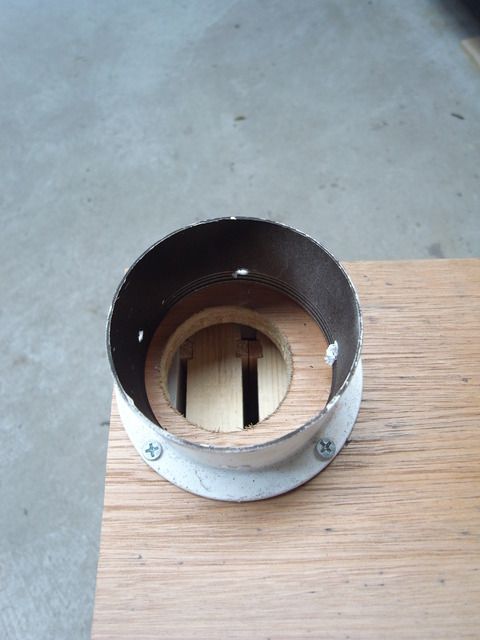
The gutter pop screws are raised on washers to enable the insertion of a strip of acrylic to restrict or close off the entrance.
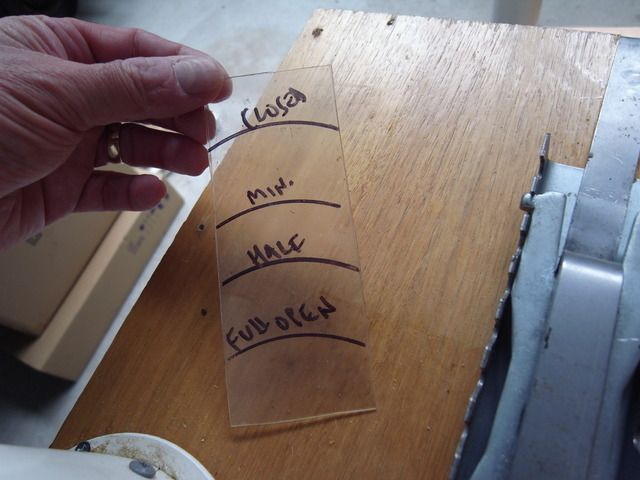
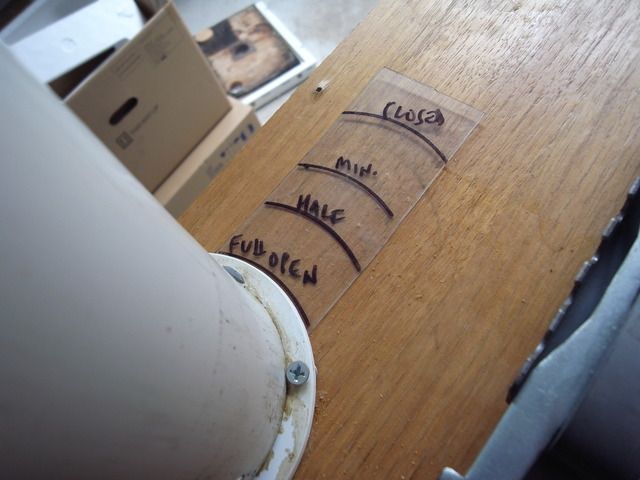
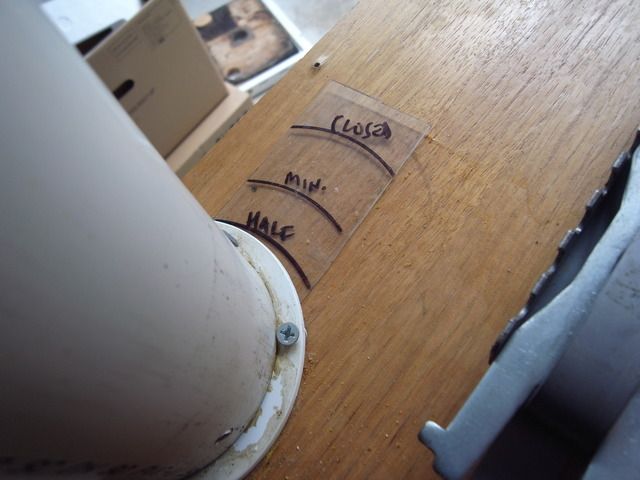
A short length of pipe is then fixed to the gutter pop. I screw rather than glue everything so that it's easily disassembled or modified.
The main pipe length (about 7'/2.1m) goes through the roof, sealed by a dektite gasket and secured by inserting through a 90mm joining sleeve, fixed to a cross member using a 90mm pipe bracket.
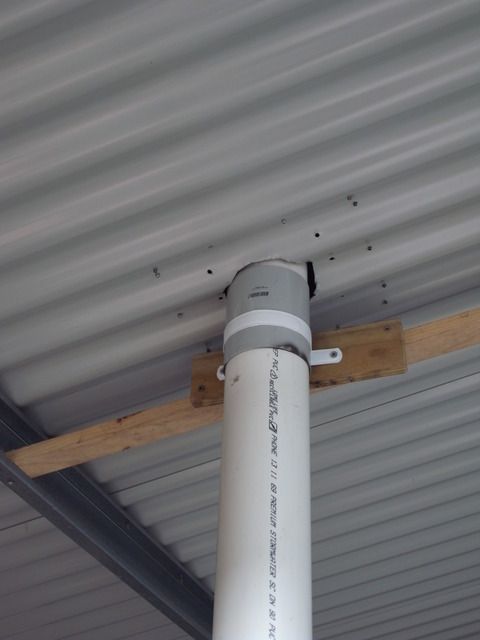
The pipe can then be raised/lowered in the sleeve to line up with the height of the short pipe from the lid; the two are then secured/joined using another 90mm joining sleeve, with a screw in the lower fixed pipe to stop it sliding right down.
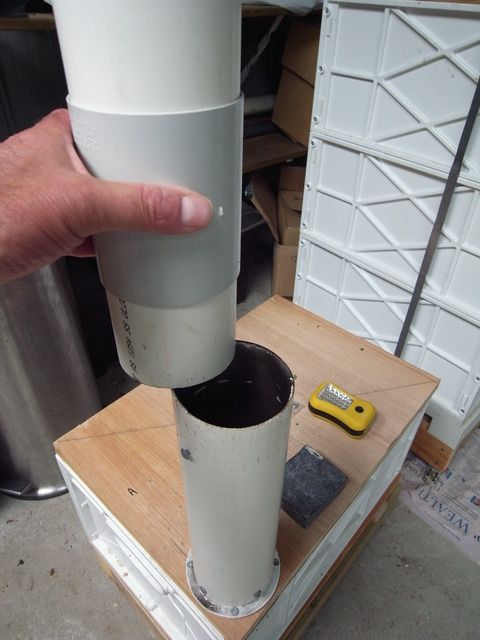

I also fitted a 300mm/12" high timber framed fly-wire screen into the bottom of the roller door - just had to cut in new slots in the channel for the locking sliders.
This allows air at ambient temperature in from outside and through the slatted base to provide the bees with an indication of external temperature.
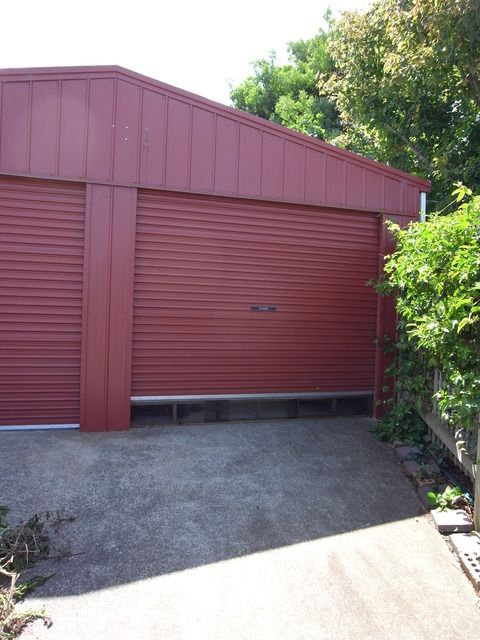
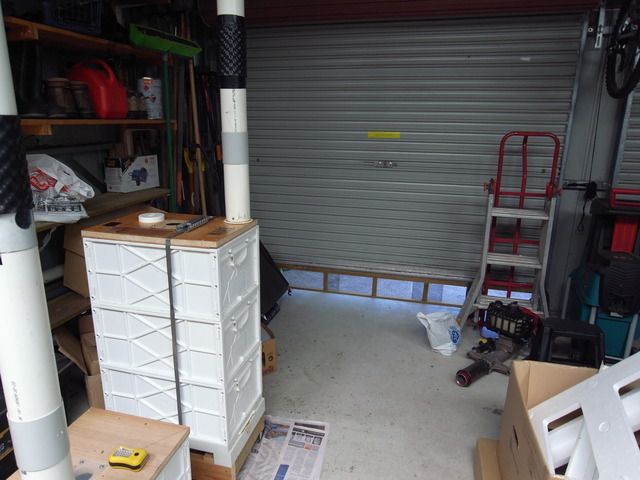
Adding or removing supers in then simply a matter of removing the lid, changing over the box and then sliding the long pipe up or down through the roof opening to accomodate the change in hive height before refitting the pipe to the lid.
The change in entrance height up on the roof puzzles the bees for a short time but they soon figure it out after 10 mins or so.

I've cut some small windows into the pipe and covered with clear pvc, which I roughed up with glasspaper to give the girls some grip. I've also included a sliding cover (made from a sheet of embossed black plastic), which I normally use to keep the viewing windows closed as I find that they tend to head for the light when climbing up and leaving this illuminated attracts them to the lit part of the pipe, causing congestion.
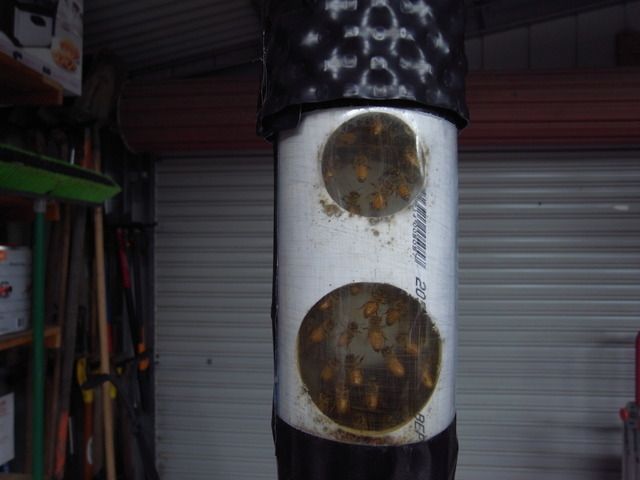
Overall I'm pretty happy with it; there have been no adverse interactions with neighbours or family - yes I've been stung twice, the second time with a nasty outcome but I put that down both times to using a shredder/mulcher close to their flightpath - it only happened twice, two or three weeks apart - I definitely think the vibration from it riles them up - so not the bees fault nor is it an issue with the setup I've got; the only time I've been stung was using this mulcher - my wife who practically lives in the garden week evenings and weekends hasn't had any problems at all, nor have any of the neighbours.
As previously discussed, because any field bees that fly out of the opened hive immediately head for the light (via the open door), I have a much quieter hive to deal with when working on it - I've had no instances of aggression whatsoever, because I'm really only dealing with hive bees and maybe a few guards.
Unfortunately, whilst I'd hoped to get a swarm soon or do a split to fill the second hive, my recent anaphylaxis incident means I've got to move them off site and be completely hands off but I'm hoping this will only be for a 6 months or so, until I can get desensitised, so my aim is to get cracking on it, bigger and better, with a second hive next Spring.
My homesite has definitely been an advantage over our bushland apiary as there's something consistently in flower pretty well every day in 10 out of 12 months, whereas our bushland site is basically all feast or famine - probably the latter for 8/12 months. Here on the edge of suburbia/bush, I've got the benefits of both worlds.
My neighbours are unexpectedly happy too as having my hives close by has given them record bean, pea, tomato, orchard and soft fruit crops and Mrs M has more and bigger raspberries this year than she thought possible..
One last benefit - no condensation problems under the lid.